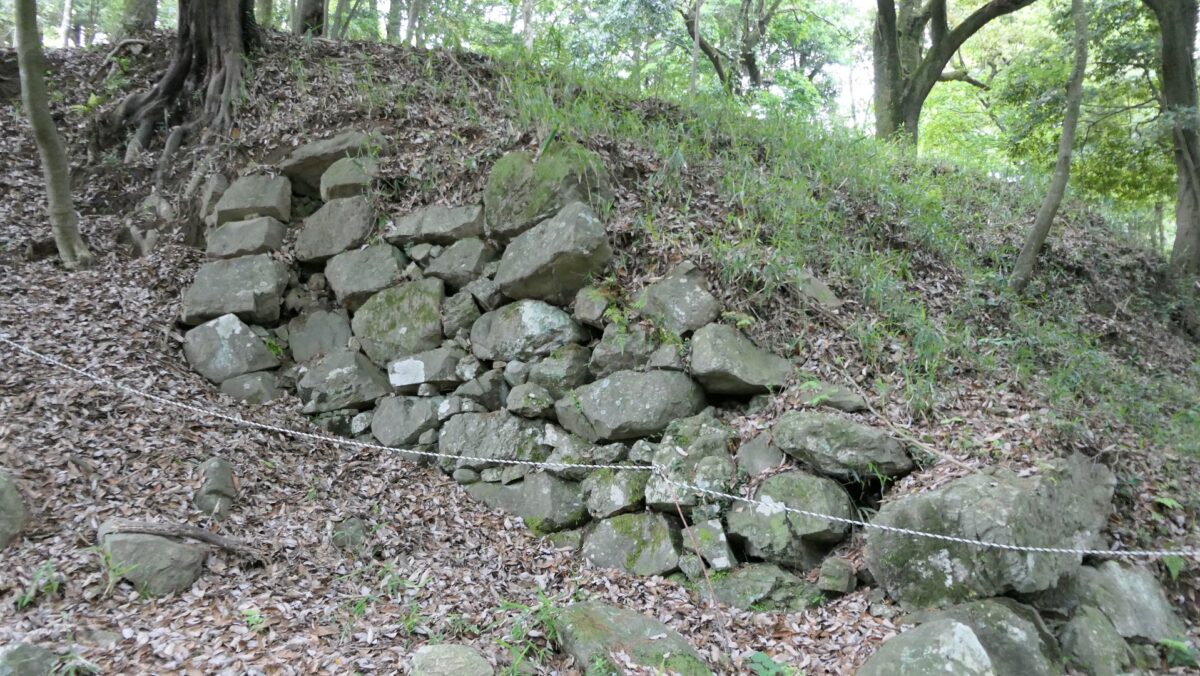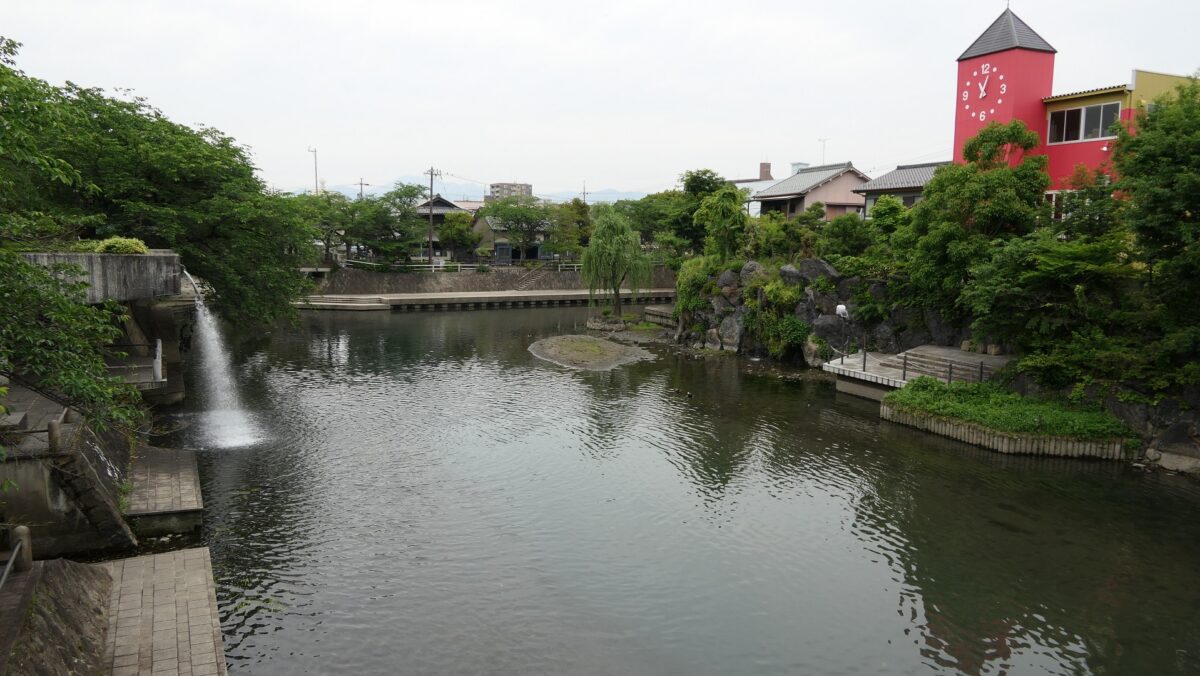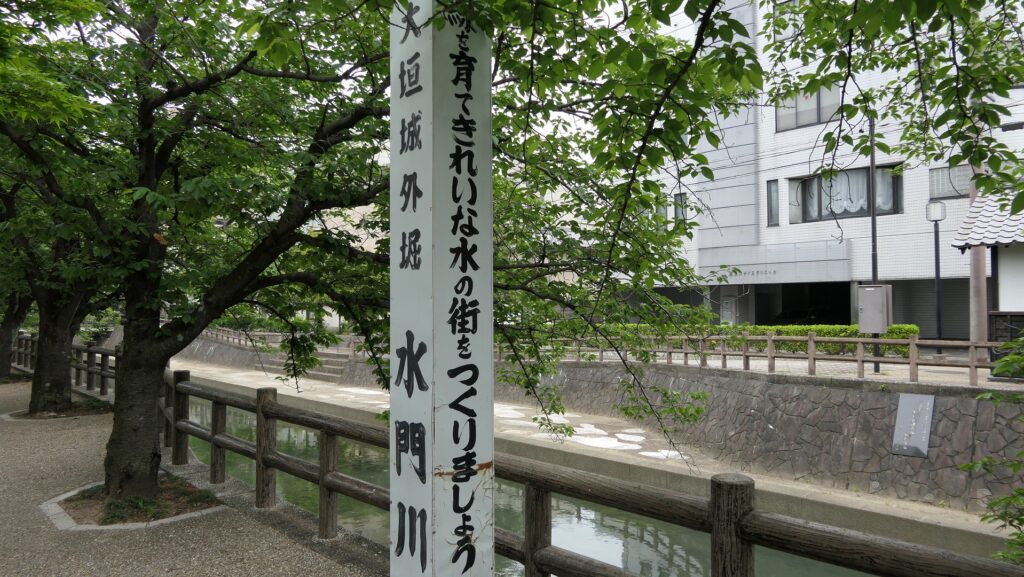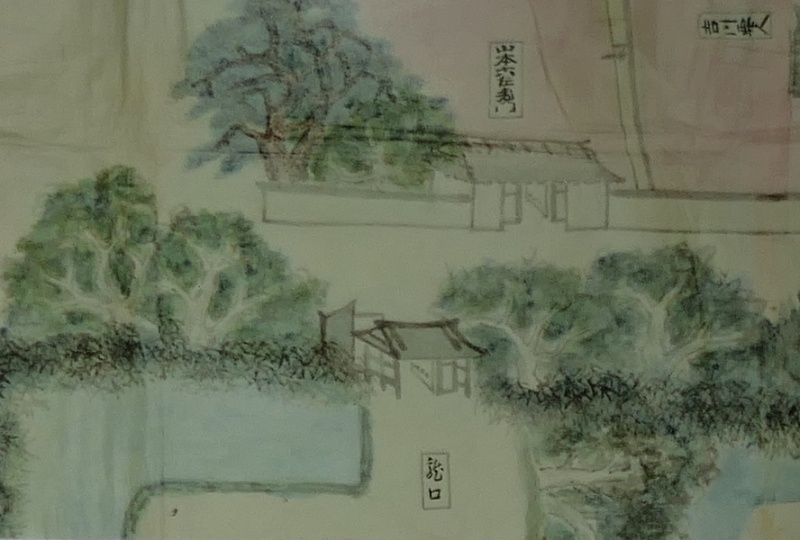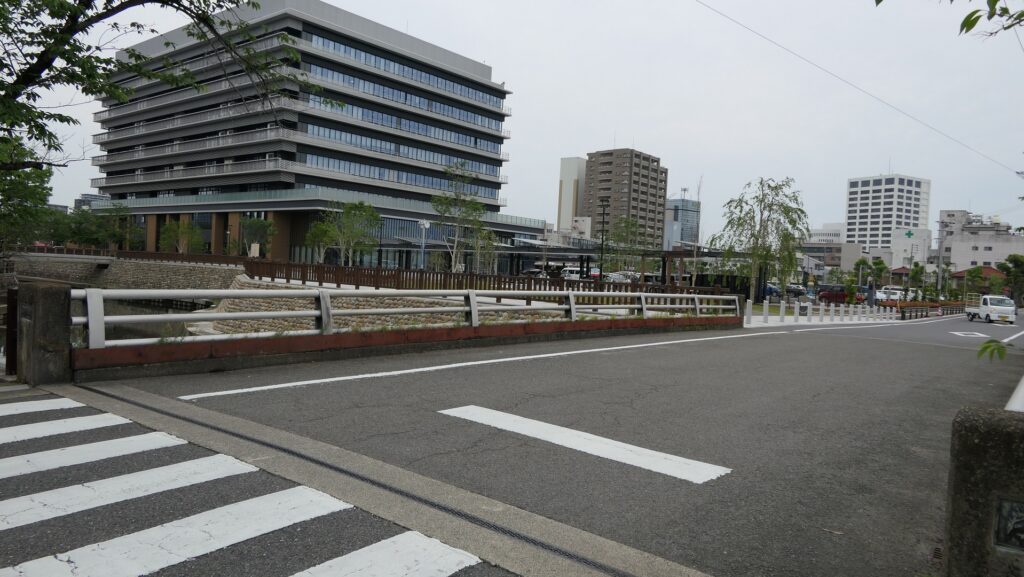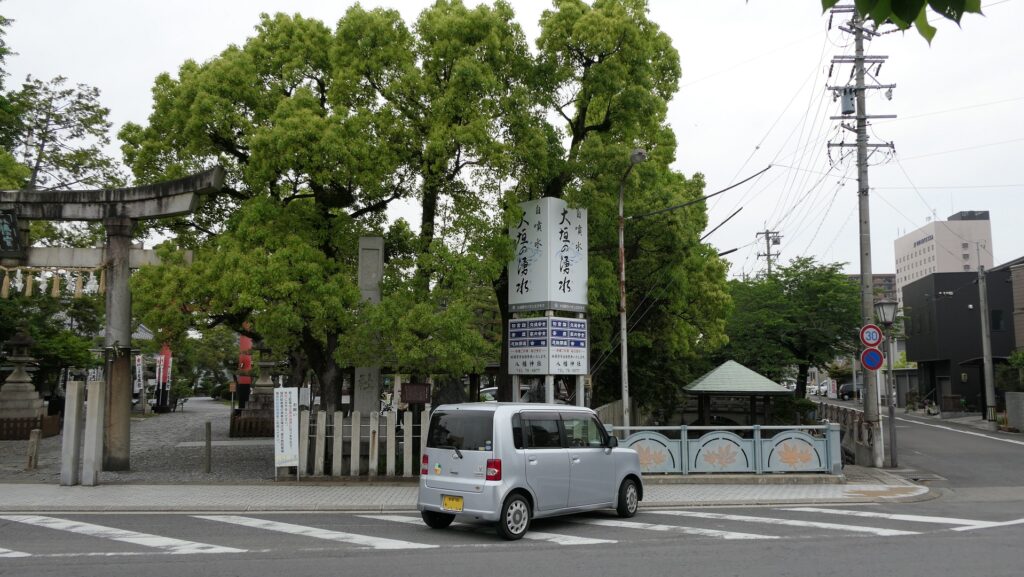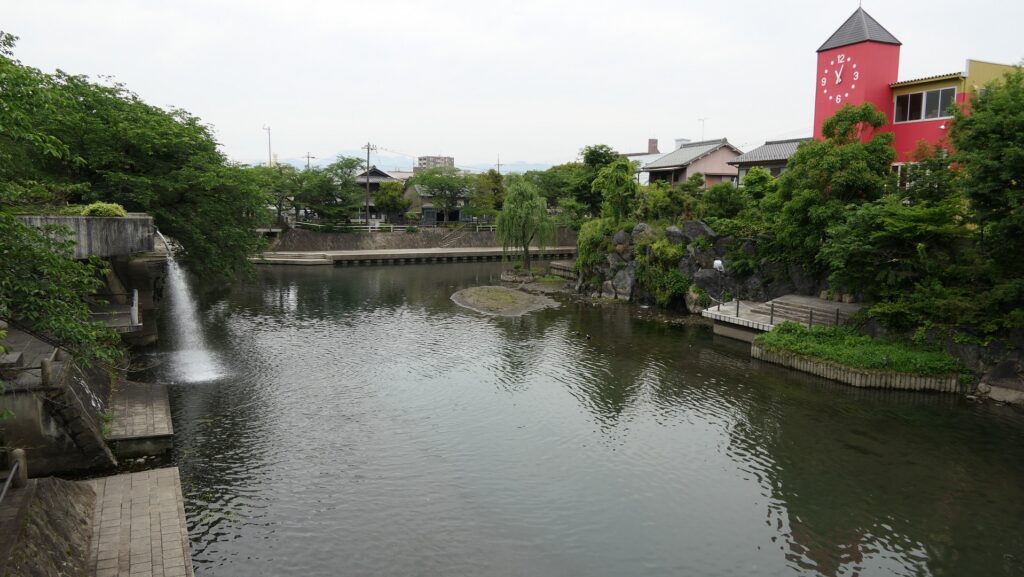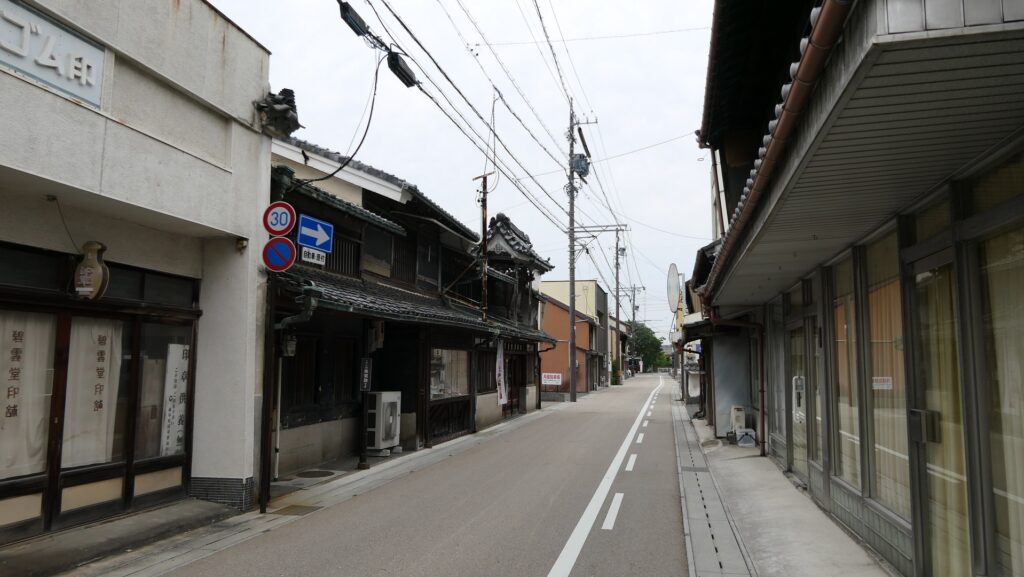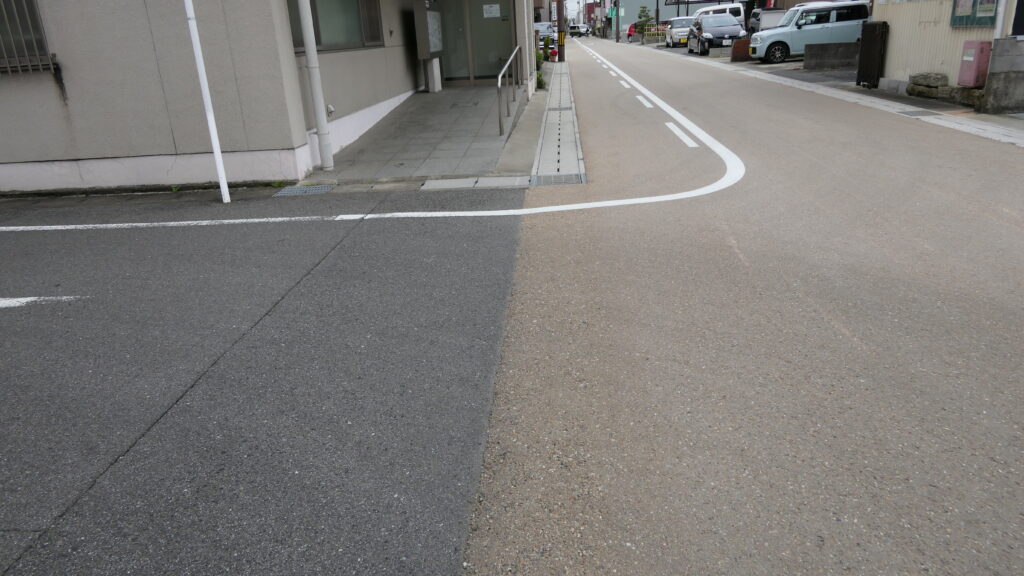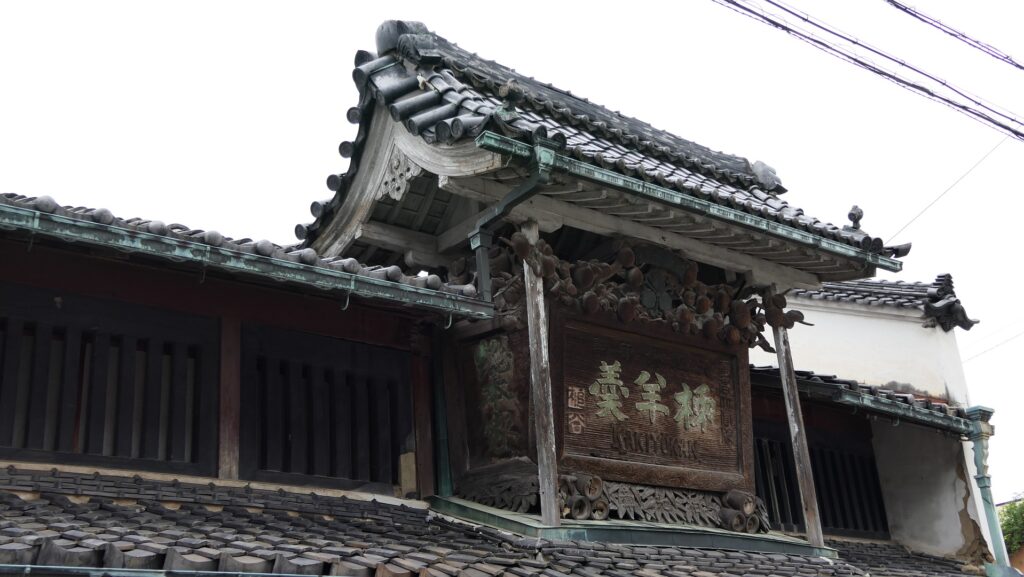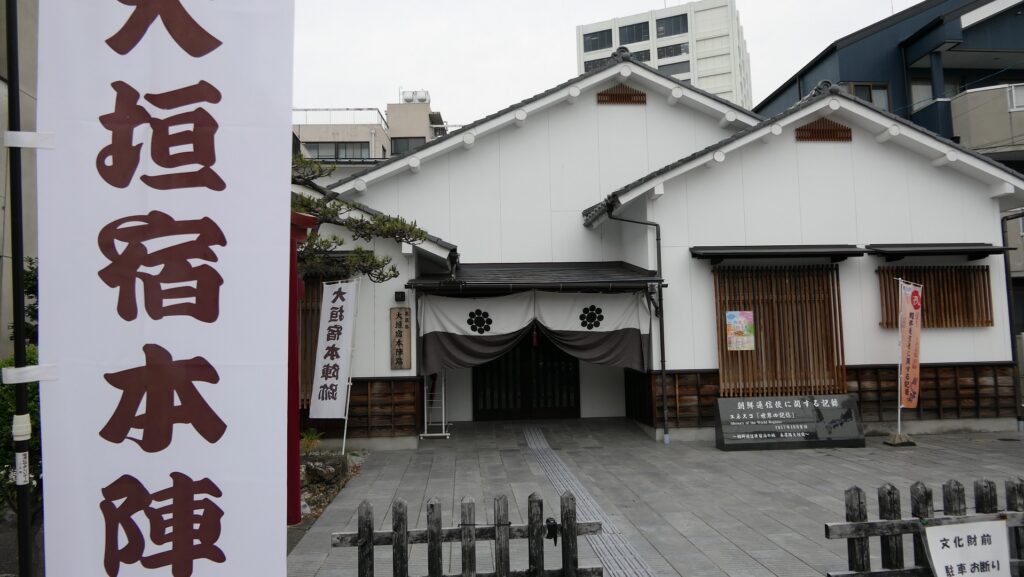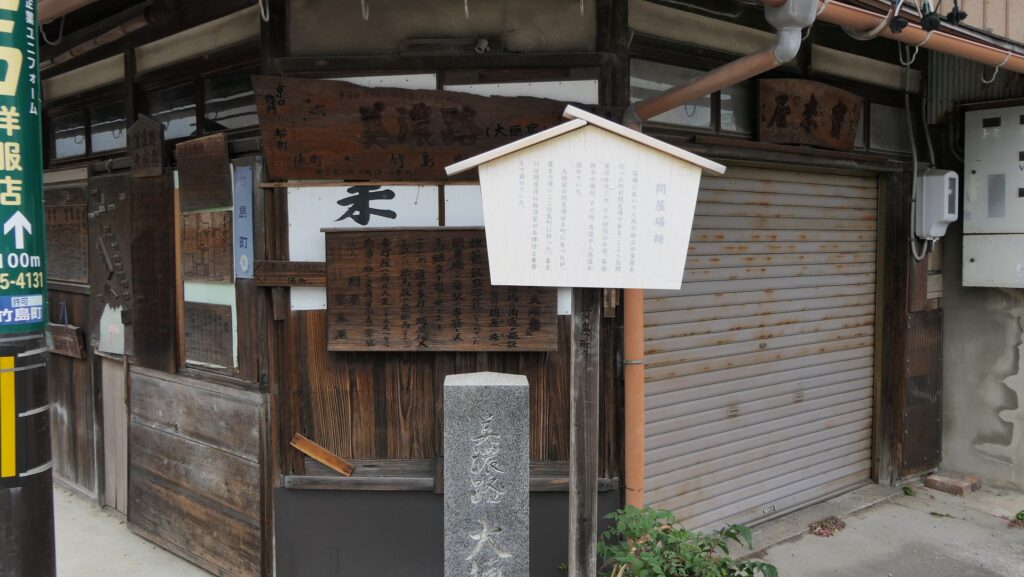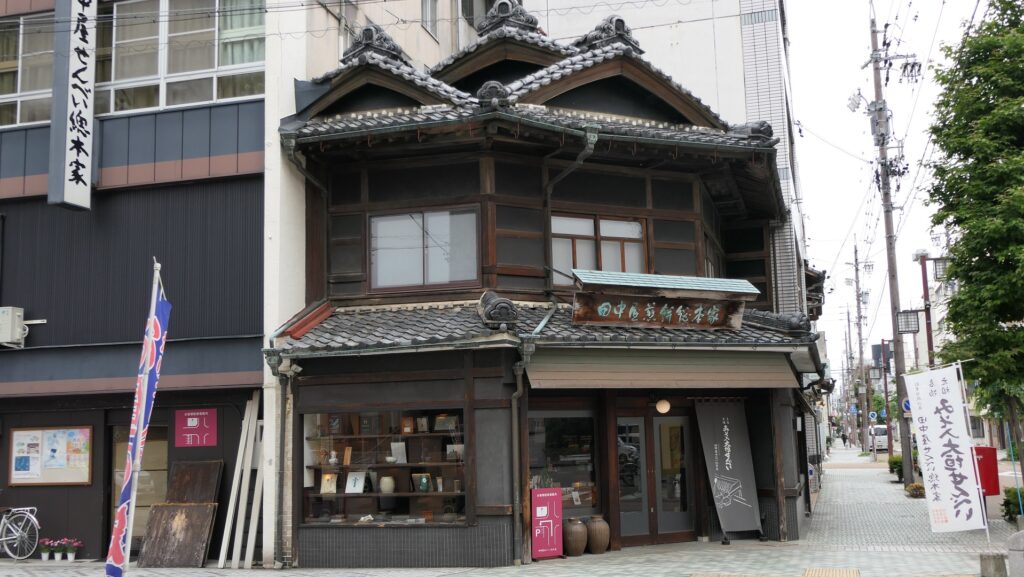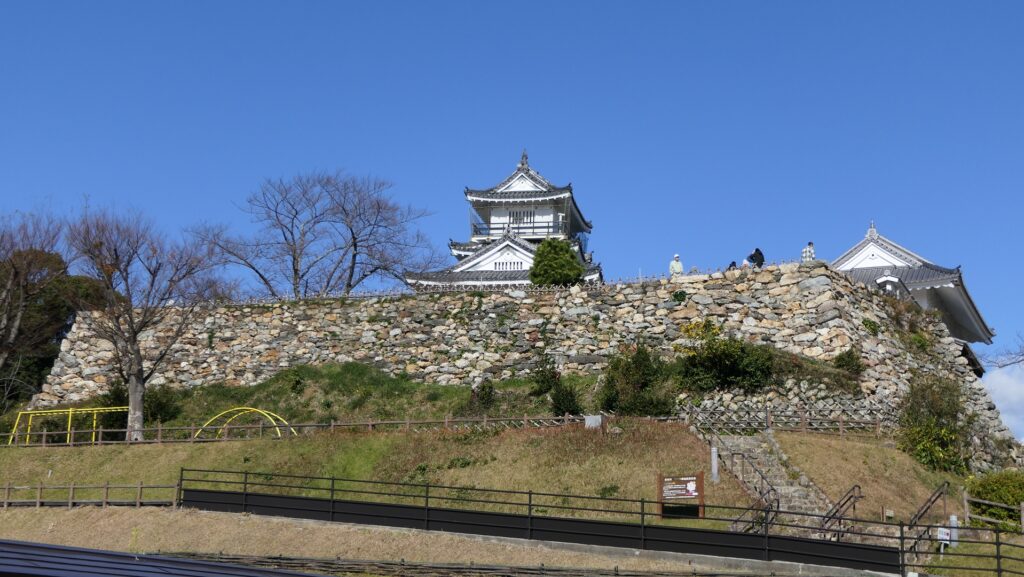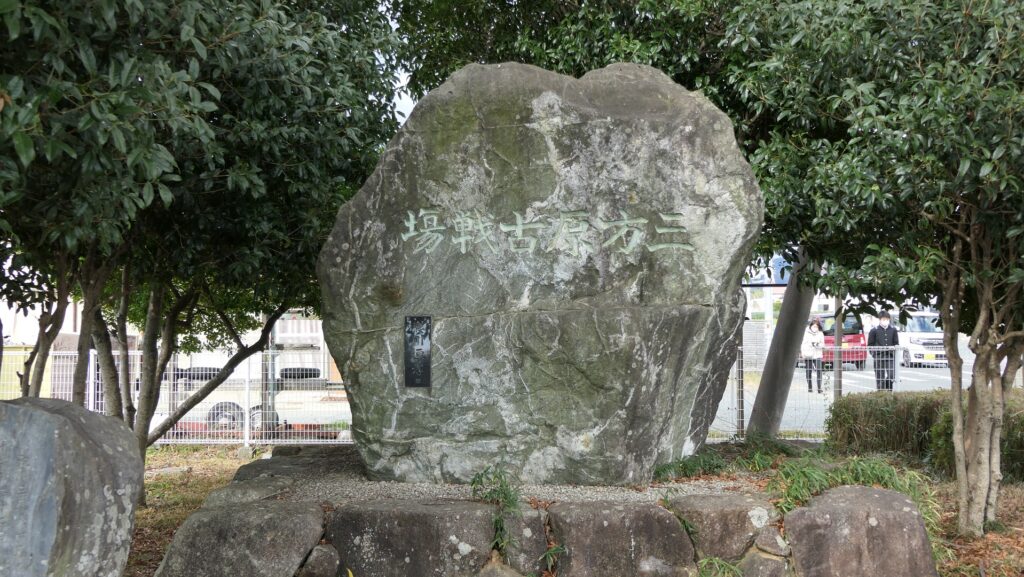Features
Berbican Enclosure with well remaining Stone Walls
Today, the ruins of Mino-Kaneyama Castle have been well developed as part of a natural park though no castle buildings remain. Many people visit the park to relax. If you visit there by car, you can park at the Berbican Enclosure on the mid slope of the mountain. Don’t forget to see the stone walls around the enclosure as they are only walls still intact in this castle. You will understand its reason once you climb up to the Main Enclosure.
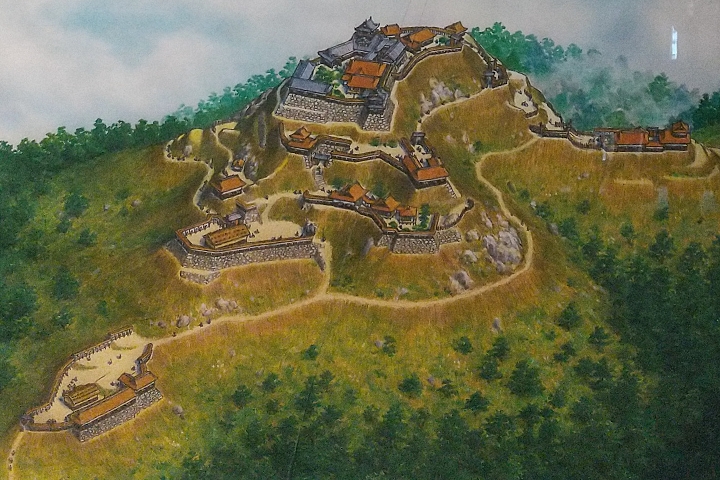
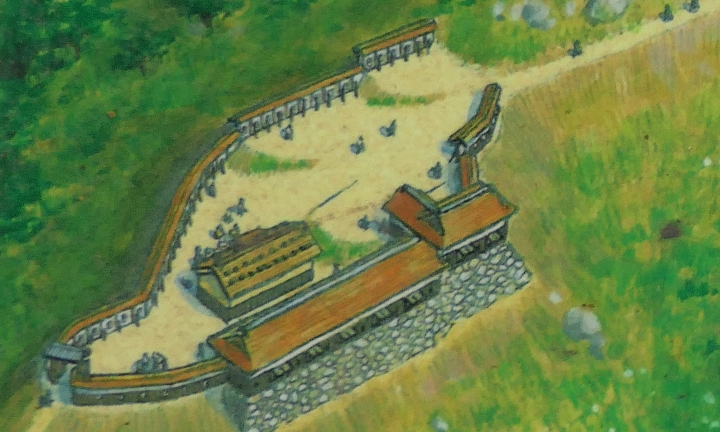
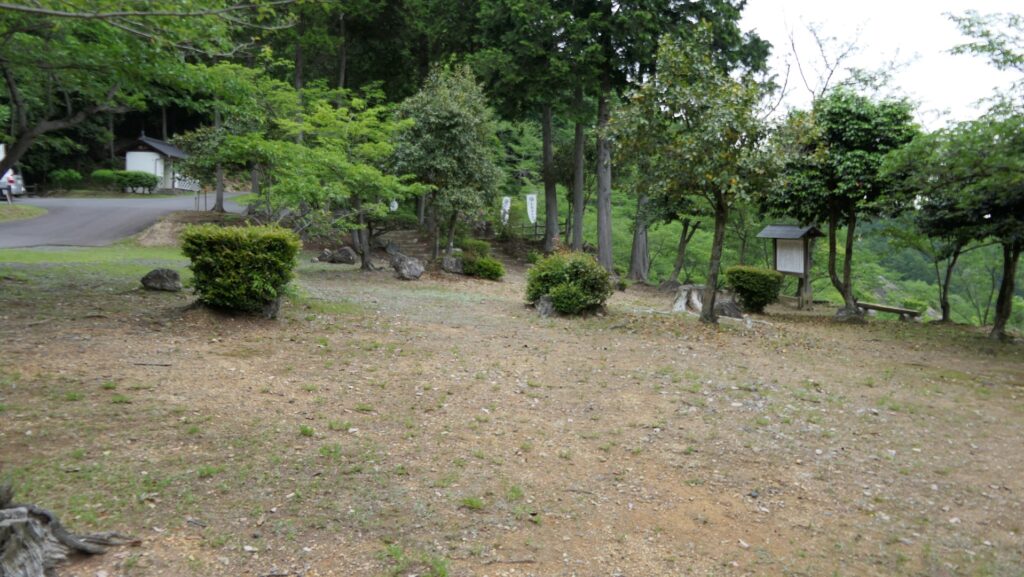
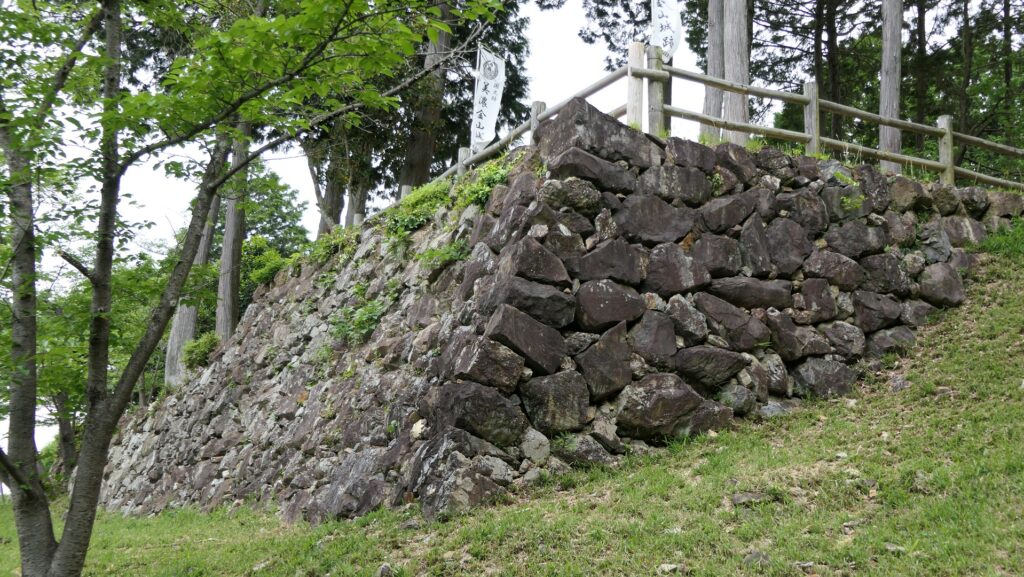
Third Enclosure with trace of Castle destroyed
From the parking lot, you can first enter the Third Enclosure where you will see its stone walls partially collapsed. This is the trace of the castle being intentionally destroyed. No one would be able to build another castle on it and it could also be the sign that the castle had been abandoned. This enclosure has another entrance on the opposite side, which leads to the castle town, however, the route can’t be used now.

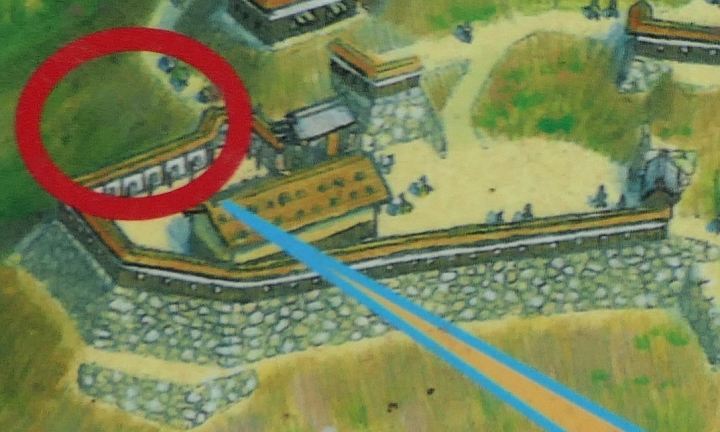
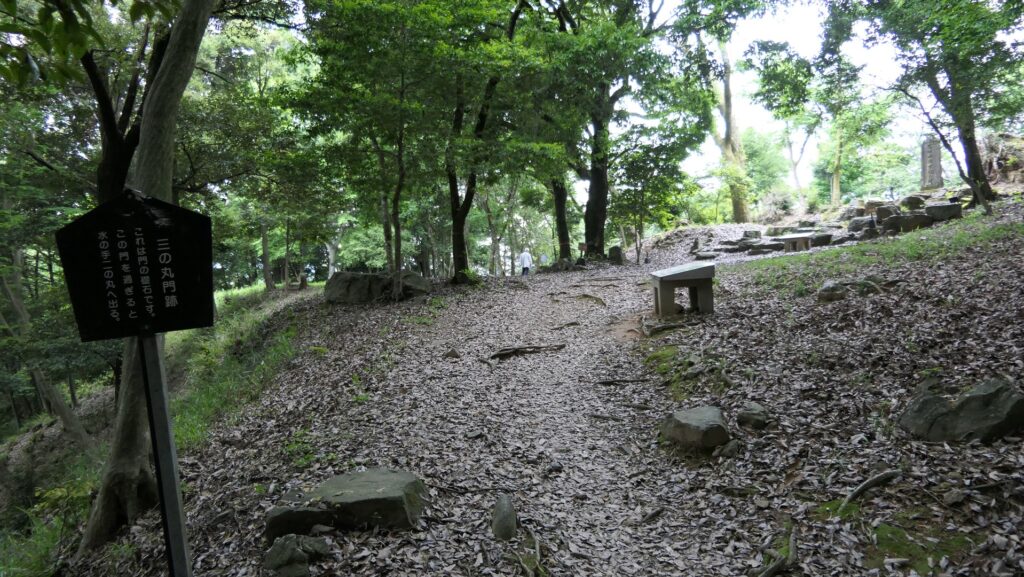
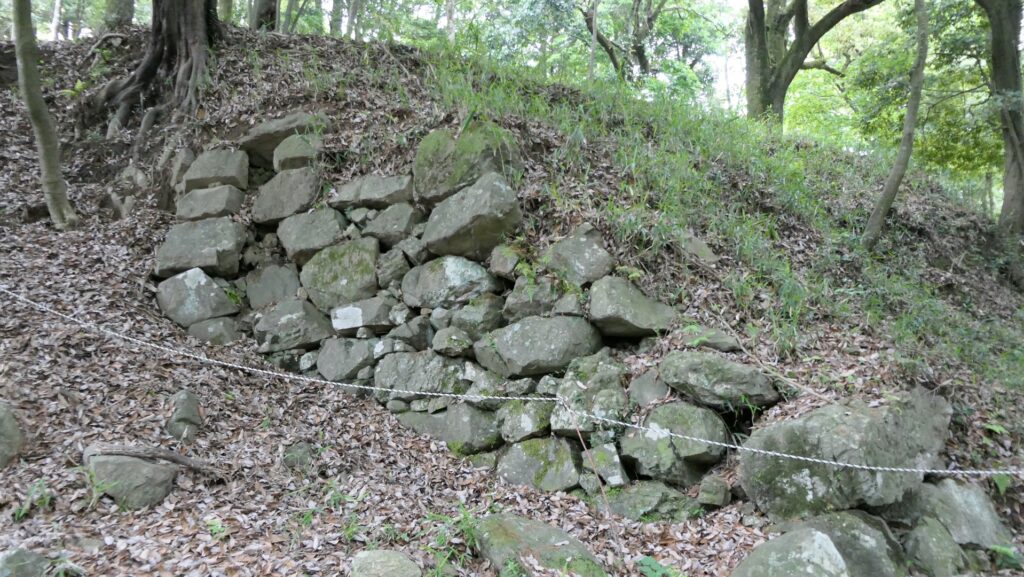
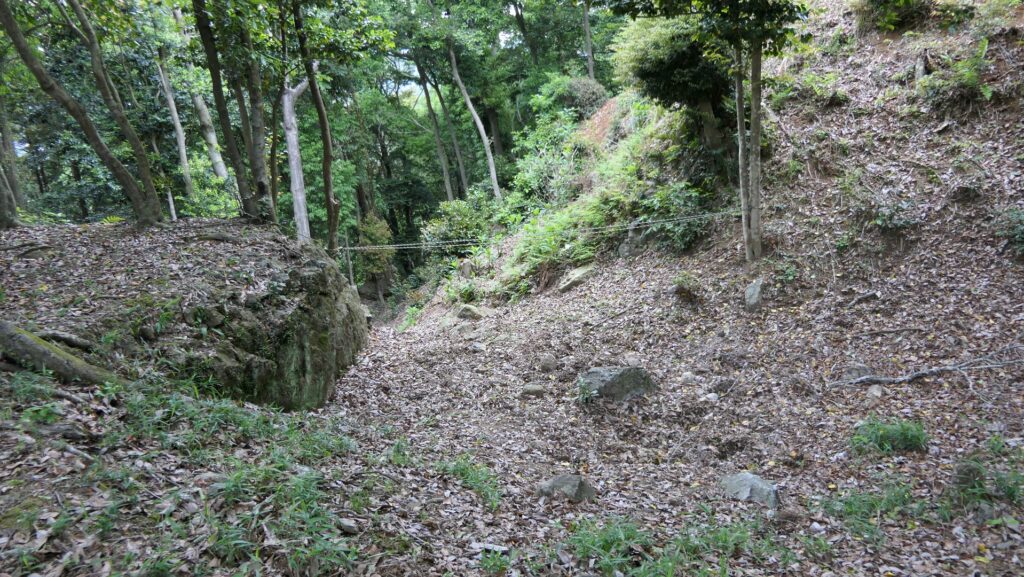
You can also see the partially remaining stone walls of the Second Enclosure above the Third Enclosure.
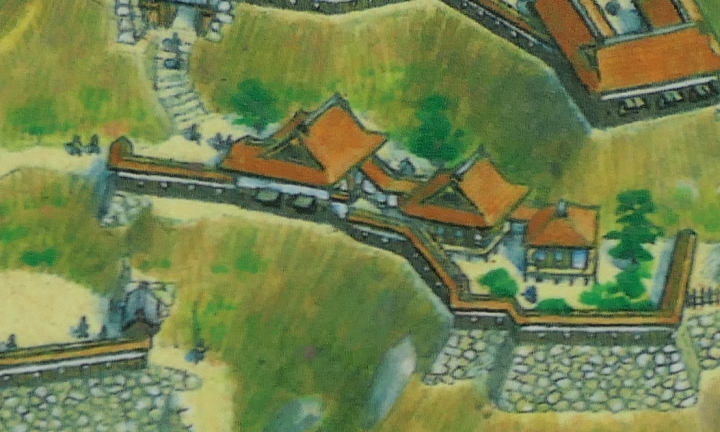
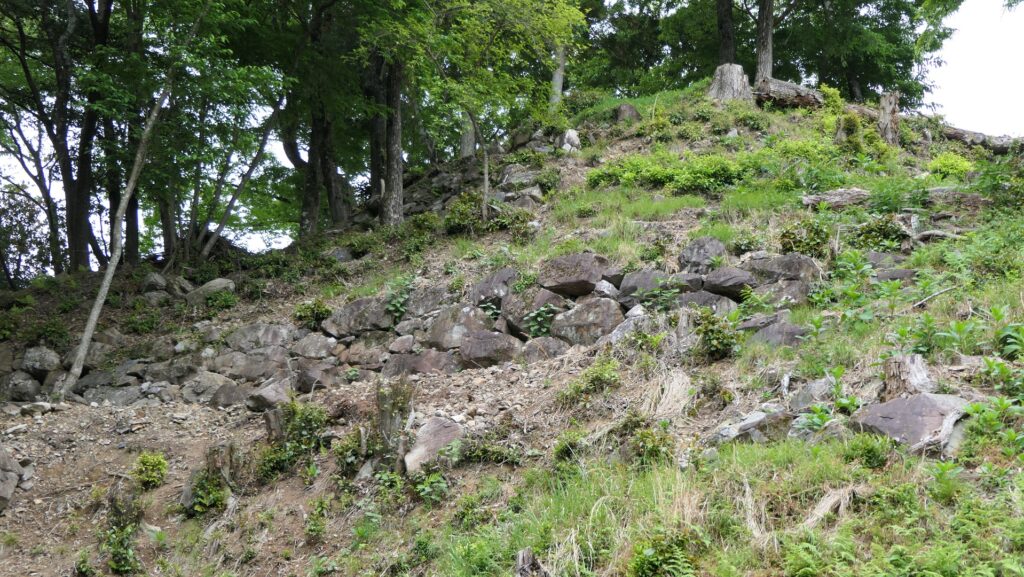
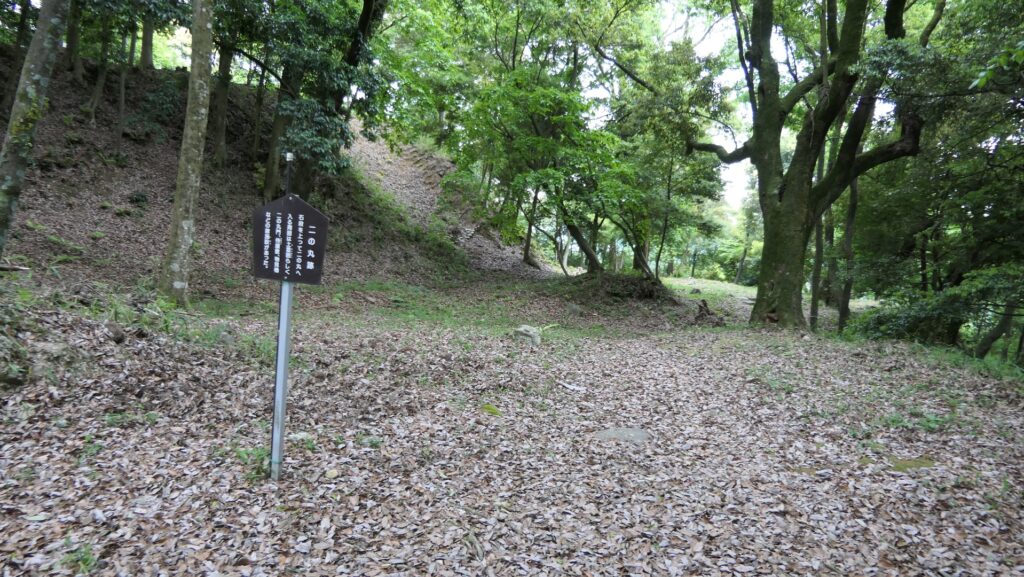
Masugata, Important point for Defense
You can go further to the Belt Enclosure surrounding the Main Enclosure by passing the Second Enclosure. You will see many collapsed stones from past stone walls on the way there.
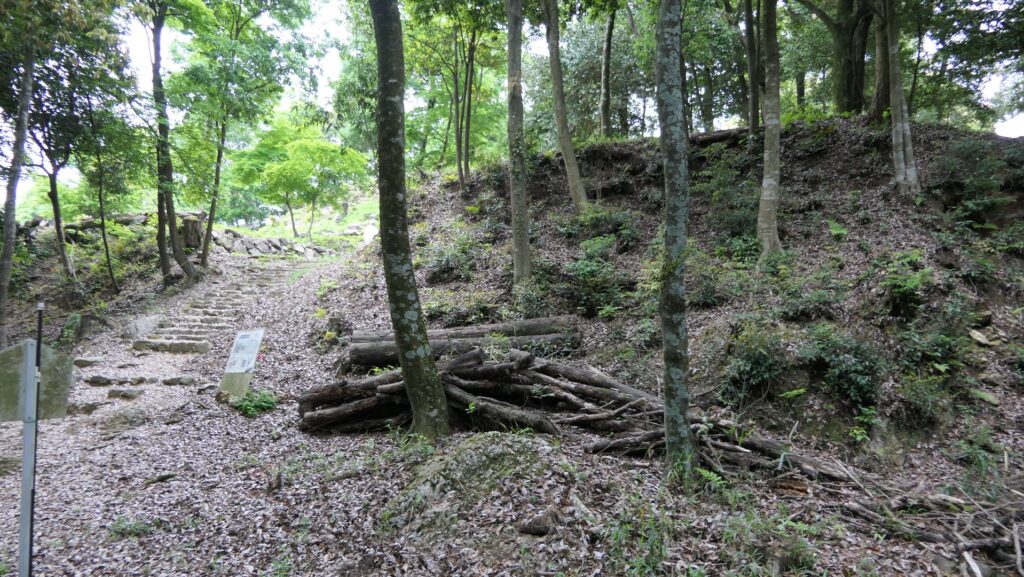

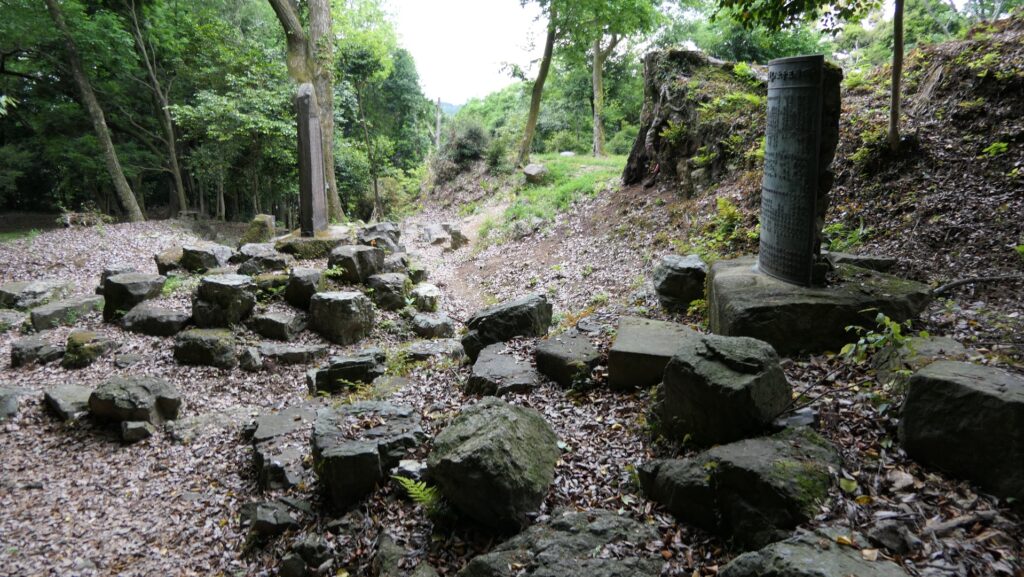
The Belt Enclosure had a square defensive entrance called Masugata, with the Main Gate standing in front of it. That meant it was an important point for the castle to protect. You can now see the ruins of it with the front stone steps and some stone walls surrounding the square space. The ruins of the Second Gate are on the right side of the space and lead to the Main Enclosure.
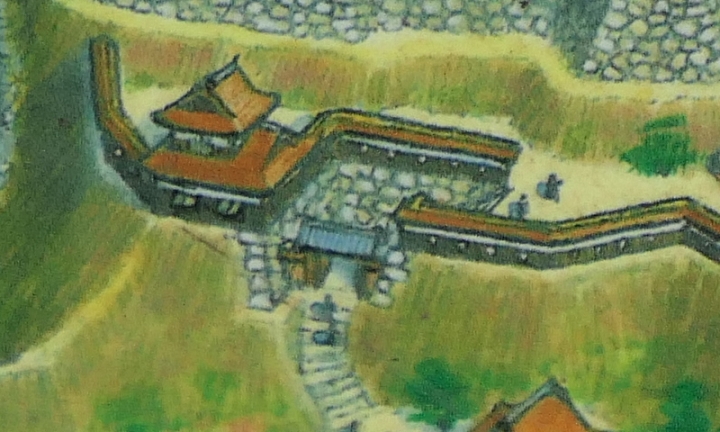
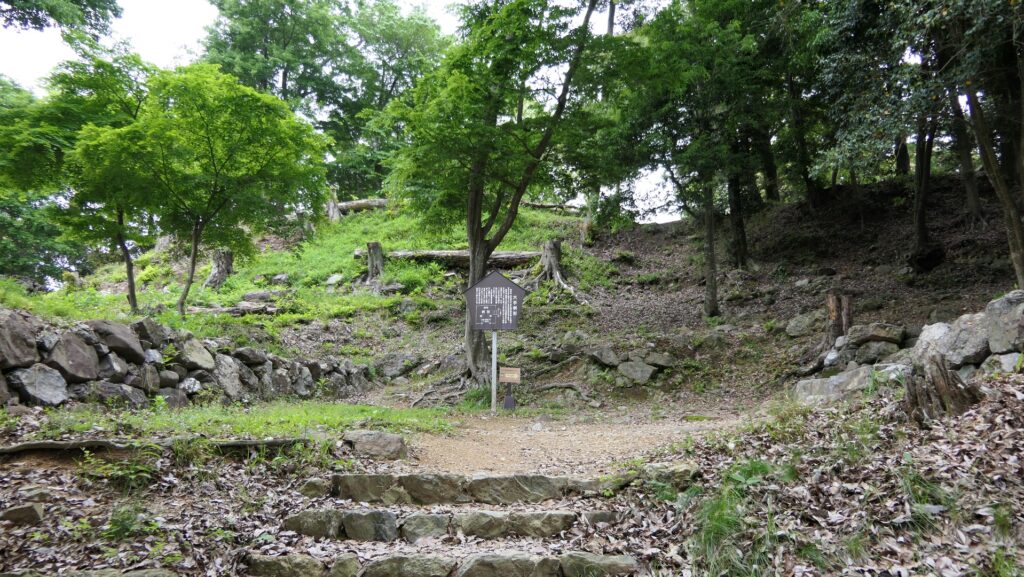
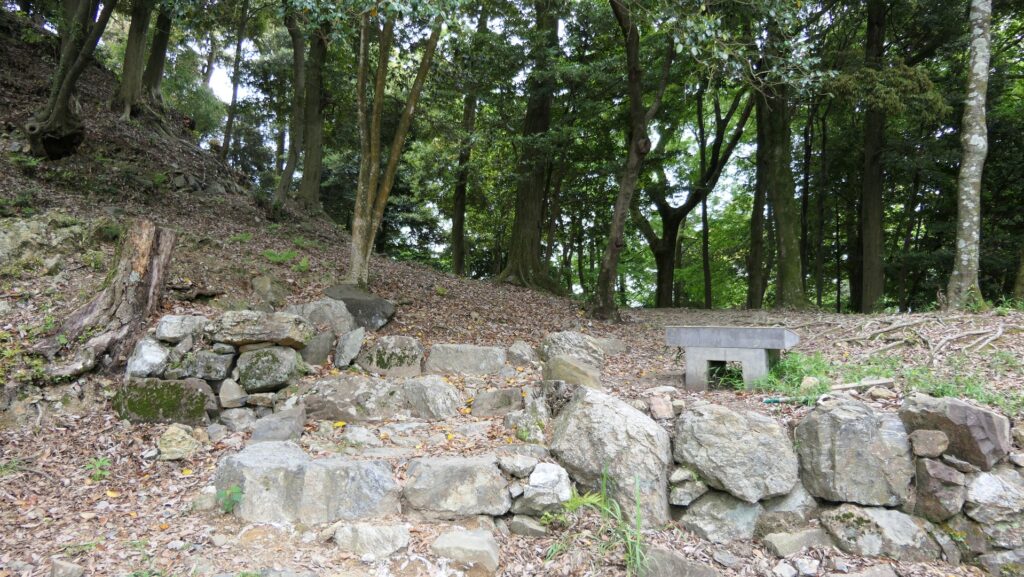
To be continued in “Mino-Kaneyama Castle Part3”
Back to “Mino-Kaneyama Castle Part1”

